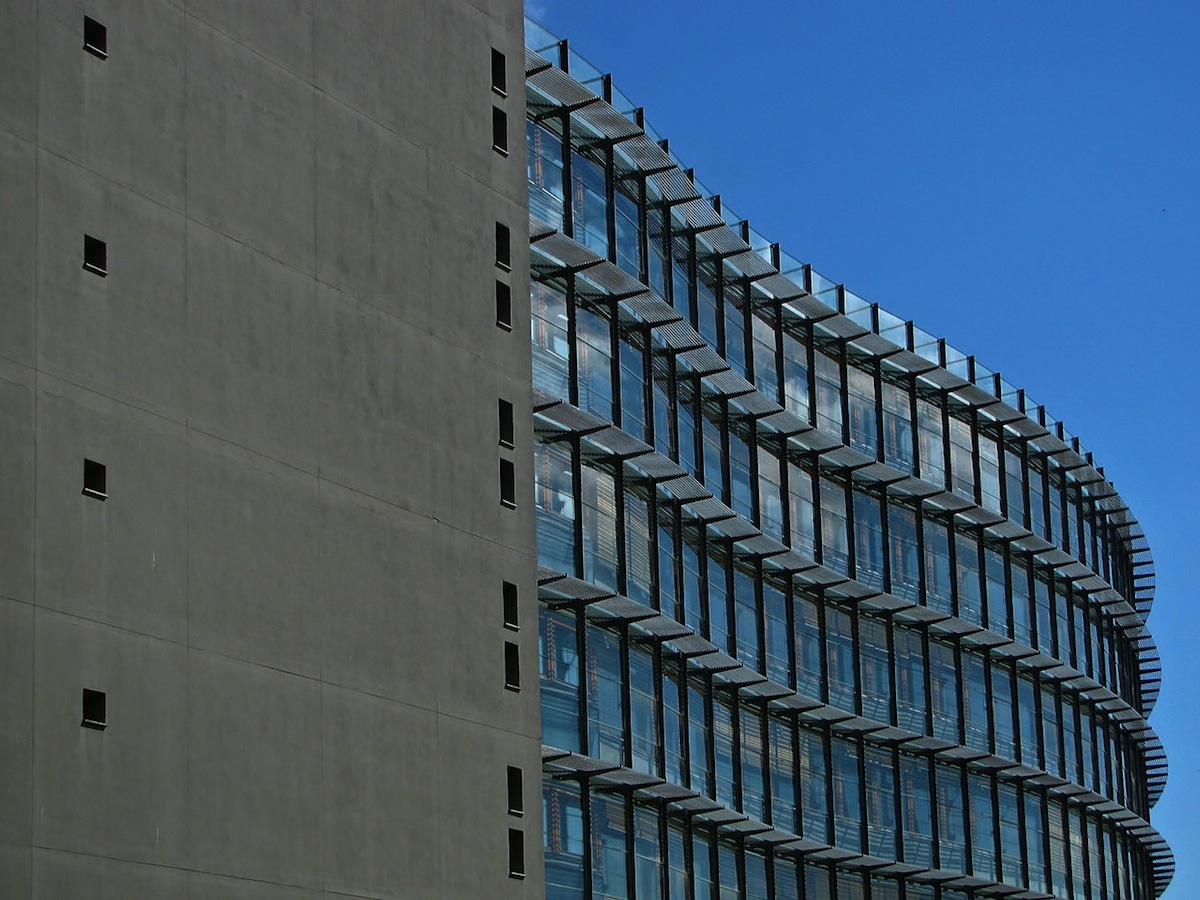The Design-Build Institute of America (DBIA) has released what it claims to be the first and only full set of warranty bonds, proposal bonds, and payment and performance bonds that are specifically crafted for design-build projects.
A task force within the Washington-based DBIA, chaired by G. William Quatman, the general counsel for Burns and McDonnell, worked over the past year on forms that are tailored to this sector. The coauthors of the forms include designers and builders. The National Association of Surety Bond Producers and the Surety & Fidelity Association of America have endorsed the documents.
The new family of bond forms includes a Proposal Bond (610), a Warranty Bond (615), and three sets of Payment and Performance Bonds for Design-Builders (620 and 625), Contractors (640 and 645), and Subcontractors (630 and 635).
“Mirroring the design-build philosophy, DBIA’s family of contract documents is reflective of our diverse membership base representing the needs of both public and private owners, general and specialty contractors, architects, consultants, and engineers,” says Lisa Washington, the Institute’s Executive Director and CEO. “They are written to guide success for the entire project team – owners and practitioners alike.”
A spokesperson for the Institute, Geoff Corey, tells BD+C that his organization focuses primarily on nonresidential activities. “So these forms would be of real interest to [AEC] firms doing design-build commercial or government projects.”
He also points out that many AEC firms that don’t specialize in design-build enter these projects through joint ventures and LLCs, or are hired subcontractors. “They would probably be interested in using these model forms since they’ve been created for design-build projects,” says Corey.
DBIA states that the advantage of these documents is that they offer one solicitation, one award, and one contract to administer. The documents are also adaptable to a project team’s characteristics.
The bond forms, as well as other contract and consent forms are available on DBIA’s website.
Related Stories
| Oct 13, 2010
HQ renovations aim for modern look
Gerner Kronick + Valcarcel Architects’ renovations to the Commonwealth Bank of Australia’s New York City headquarters will feature a reworked reception lobby with back-painted glass, silk-screened logos, and a video wall.
| Oct 13, 2010
Community center under way in NYC seeks LEED Platinum
A curving, 550-foot-long glass arcade dubbed the “Wall of Light” is the standout architectural and sustainable feature of the Battery Park City Community Center, a 60,000-sf complex located in a two-tower residential Lower Manhattan complex. Hanrahan Meyers Architects designed the glass arcade to act as a passive energy system, bringing natural light into all interior spaces.
| Oct 13, 2010
Community college plans new campus building
Construction is moving along on Hudson County Community College’s North Hudson Campus Center in Union City, N.J. The seven-story, 92,000-sf building will be the first higher education facility in the city.
| Oct 13, 2010
County building aims for the sun, shade
The 187,032-sf East County Hall of Justice in Dublin, Calif., will be oriented to take advantage of daylighting, with exterior sunshades preventing unwanted heat gain and glare. The building is targeting LEED Silver. Strong horizontal massing helps both buildings better match their low-rise and residential neighbors.
| Oct 12, 2010
Holton Career and Resource Center, Durham, N.C.
27th Annual Reconstruction Awards—Special Recognition. Early in the current decade, violence within the community of Northeast Central Durham, N.C., escalated to the point where school safety officers at Holton Junior High School feared for their own safety. The school eventually closed and the property sat vacant for five years.
| Oct 12, 2010
Guardian Building, Detroit, Mich.
27th Annual Reconstruction Awards—Special Recognition. The relocation and consolidation of hundreds of employees from seven departments of Wayne County, Mich., into the historic Guardian Building in downtown Detroit is a refreshing tale of smart government planning and clever financial management that will benefit taxpayers in the economically distressed region for years to come.
| Oct 12, 2010
Owen Hall, Michigan State University, East Lansing, Mich.
27th Annual Reconstruction Awards—Silver Award. Officials at Michigan State University’s East Lansing Campus were concerned that Owen Hall, a mid-20th-century residence facility, was no longer attracting much interest from its target audience, graduate and international students.
| Oct 12, 2010
Gartner Auditorium, Cleveland Museum of Art
27th Annual Reconstruction Awards—Silver Award. Gartner Auditorium was originally designed by Marcel Breuer and completed, in 1971, as part of his Education Wing at the Cleveland Museum of Art. Despite that lofty provenance, the Gartner was never a perfect music venue.
| Oct 12, 2010
Cell and Genome Sciences Building, Farmington, Conn.
27th Annual Reconstruction Awards—Silver Award. Administrators at the University of Connecticut Health Center in Farmington didn’t think much of the 1970s building they planned to turn into the school’s Cell and Genome Sciences Building. It’s not that the former toxicology research facility was in such terrible shape, but the 117,800-sf structure had almost no windows and its interior was dark and chopped up.
| Oct 12, 2010
The Watch Factory, Waltham, Mass.
27th Annual Reconstruction Awards — Gold Award. When the Boston Watch Company opened its factory in 1854 on the banks of the Charles River in Waltham, Mass., the area was far enough away from the dust, dirt, and grime of Boston to safely assemble delicate watch parts.

















